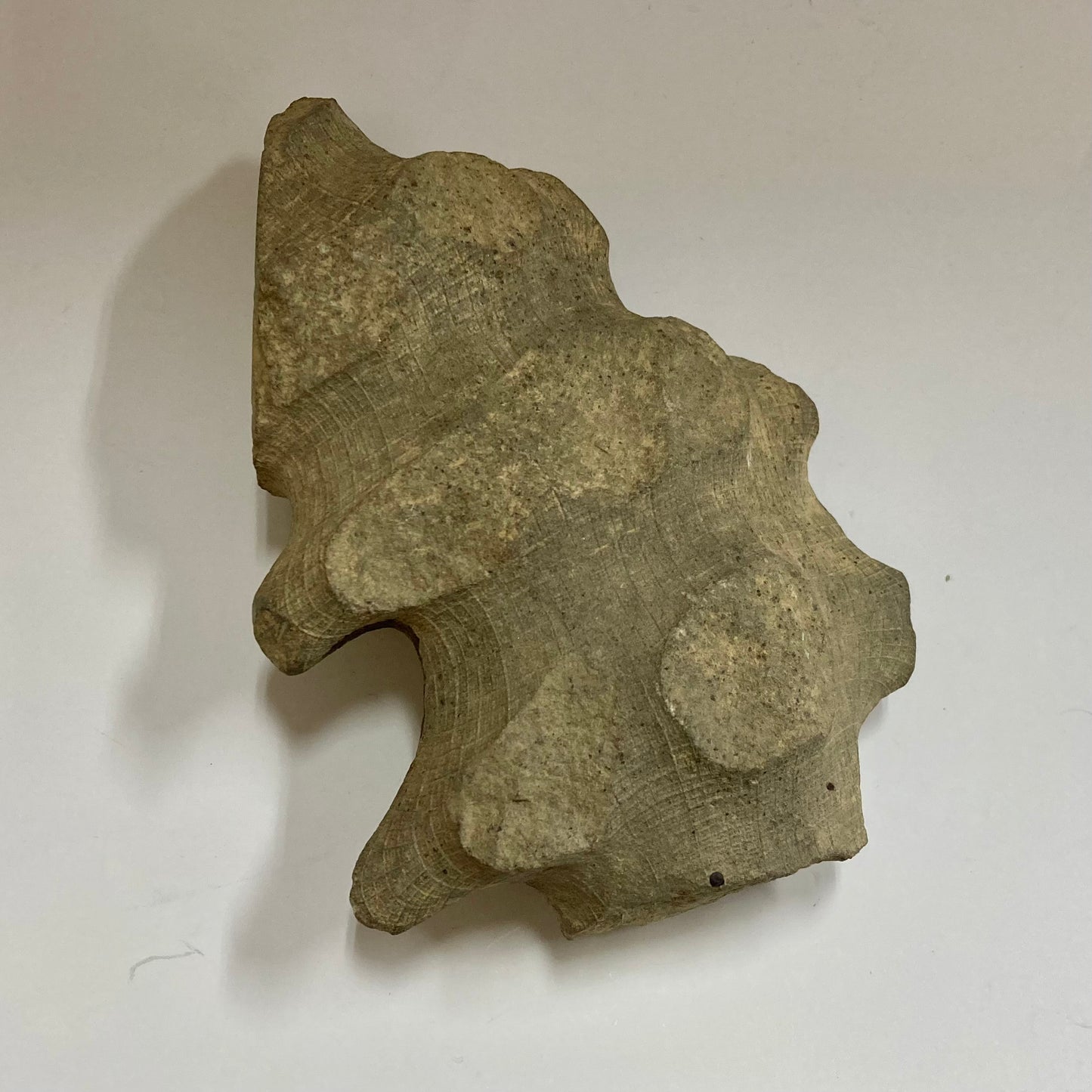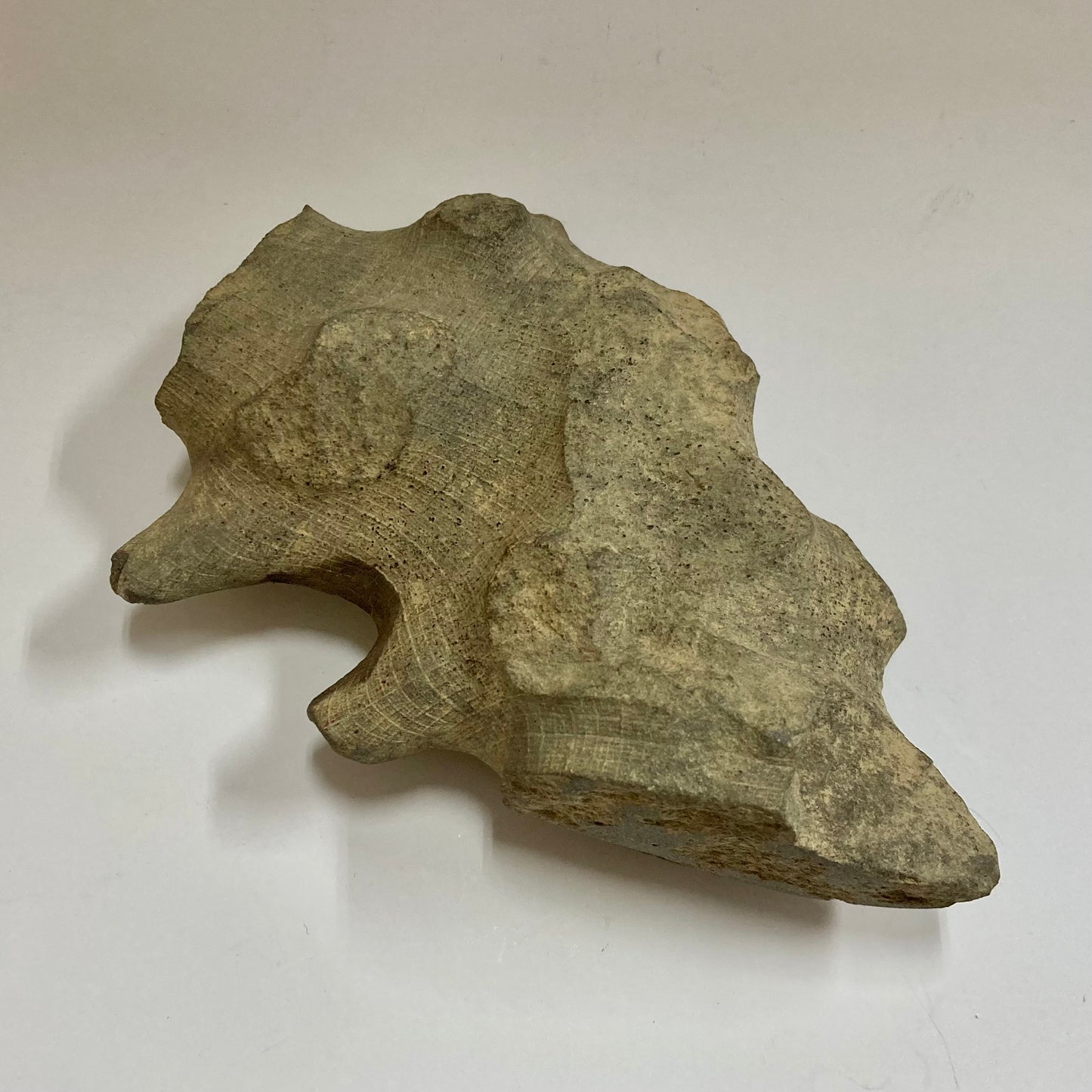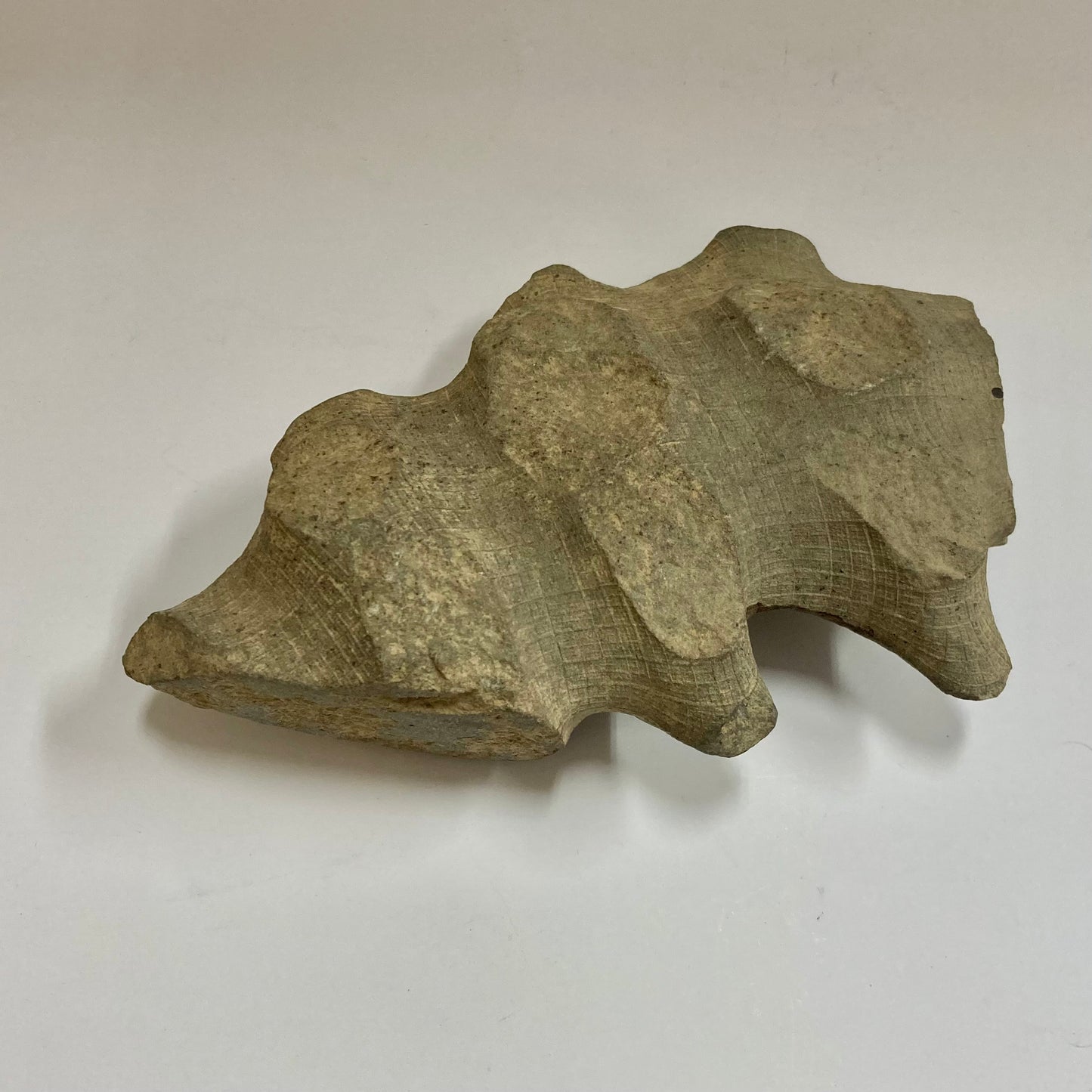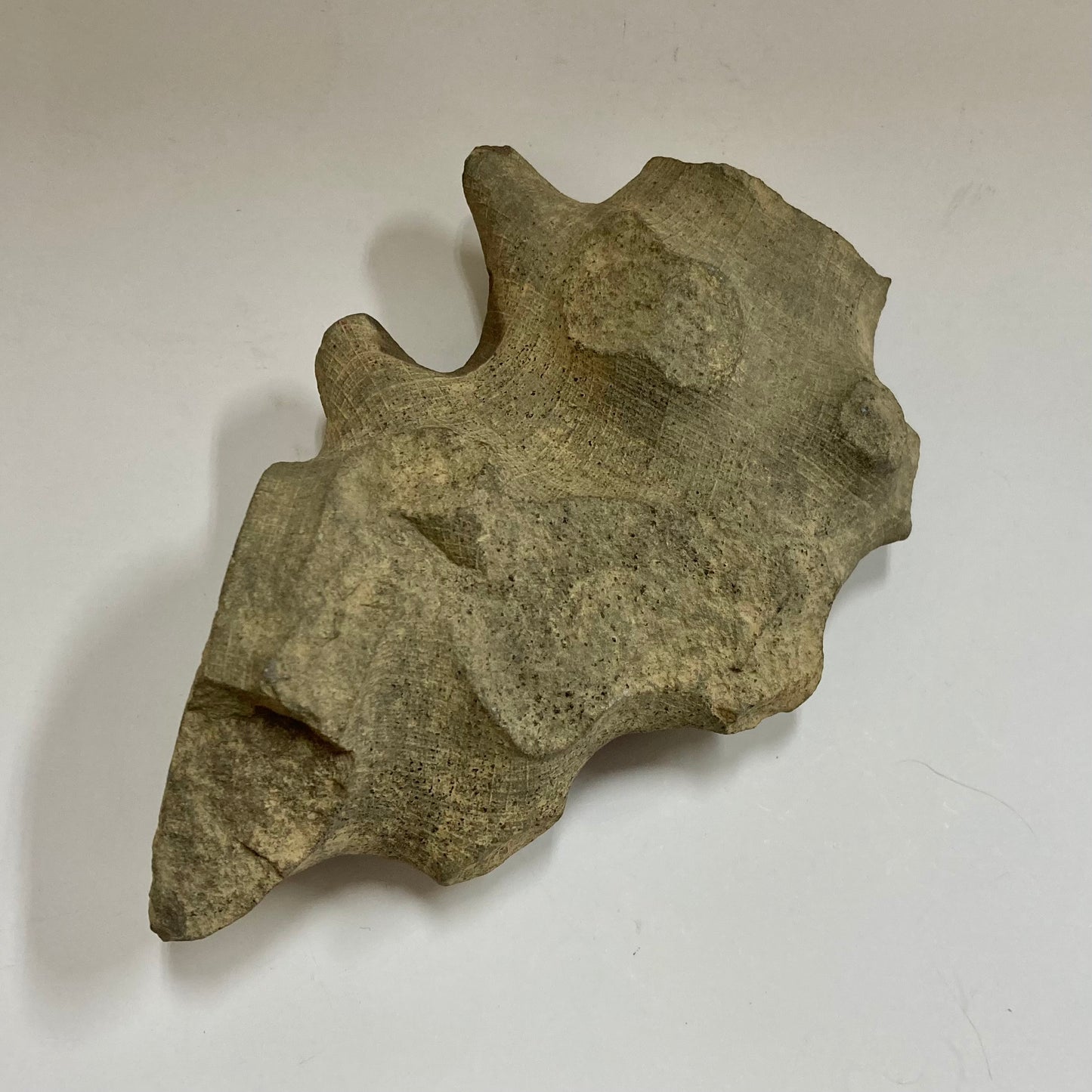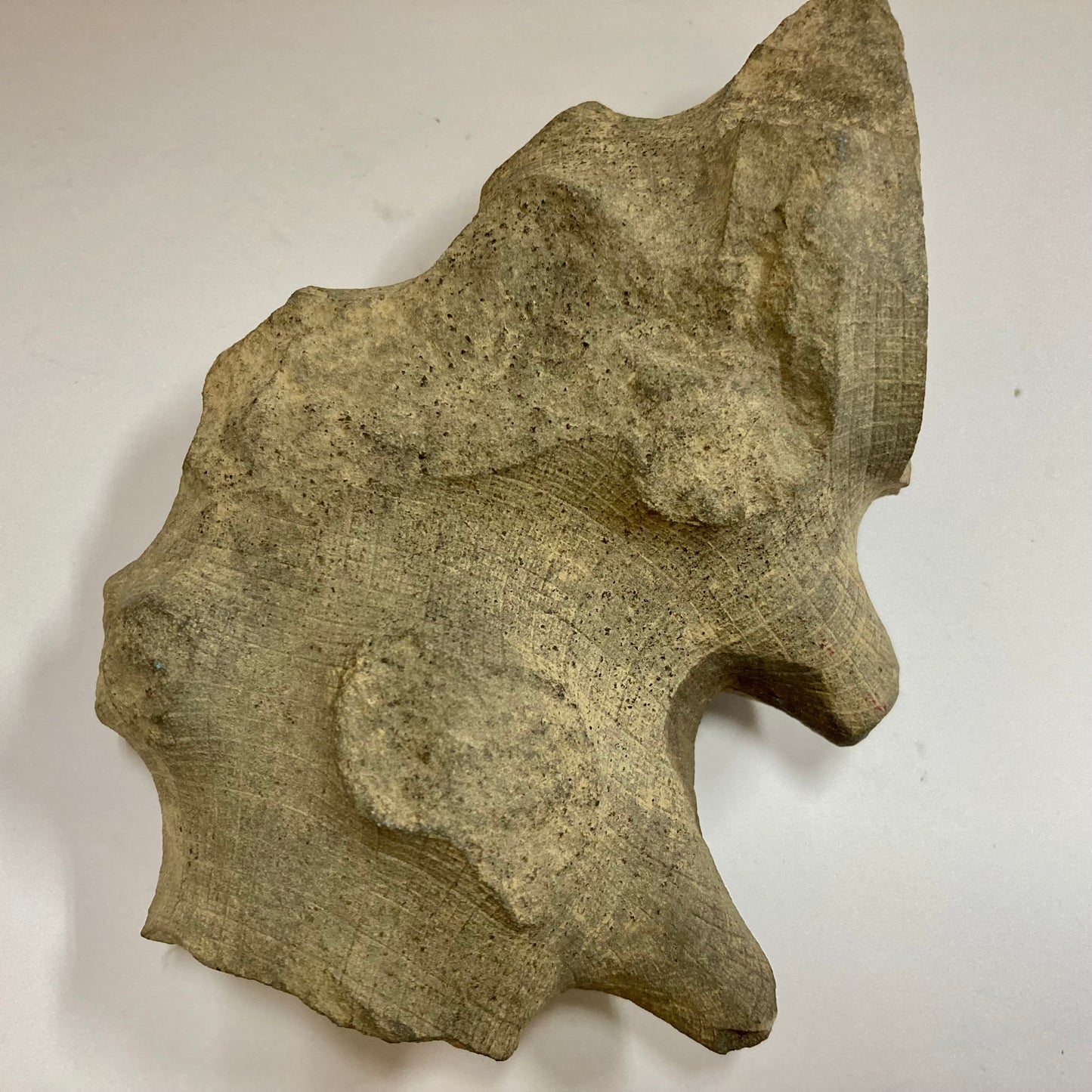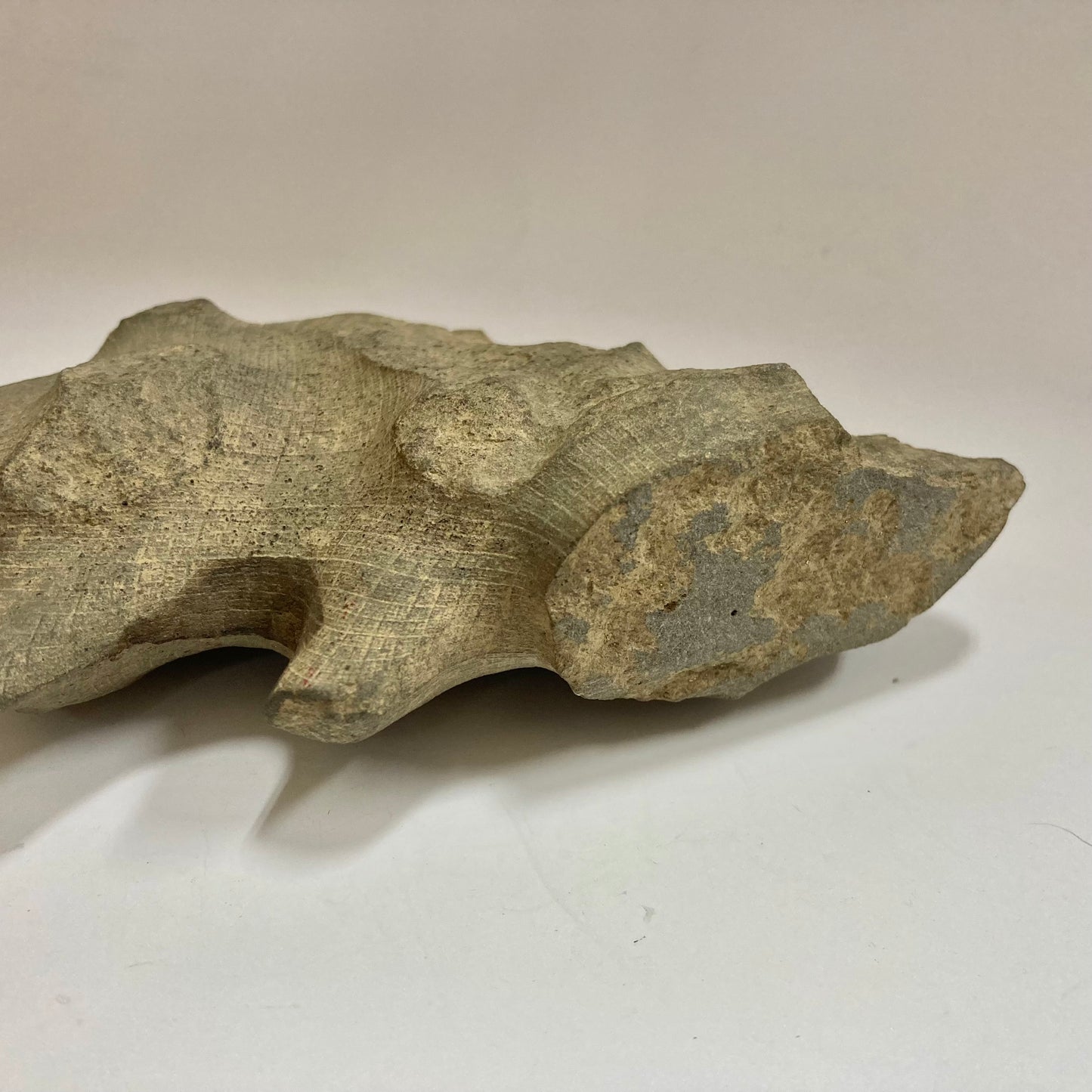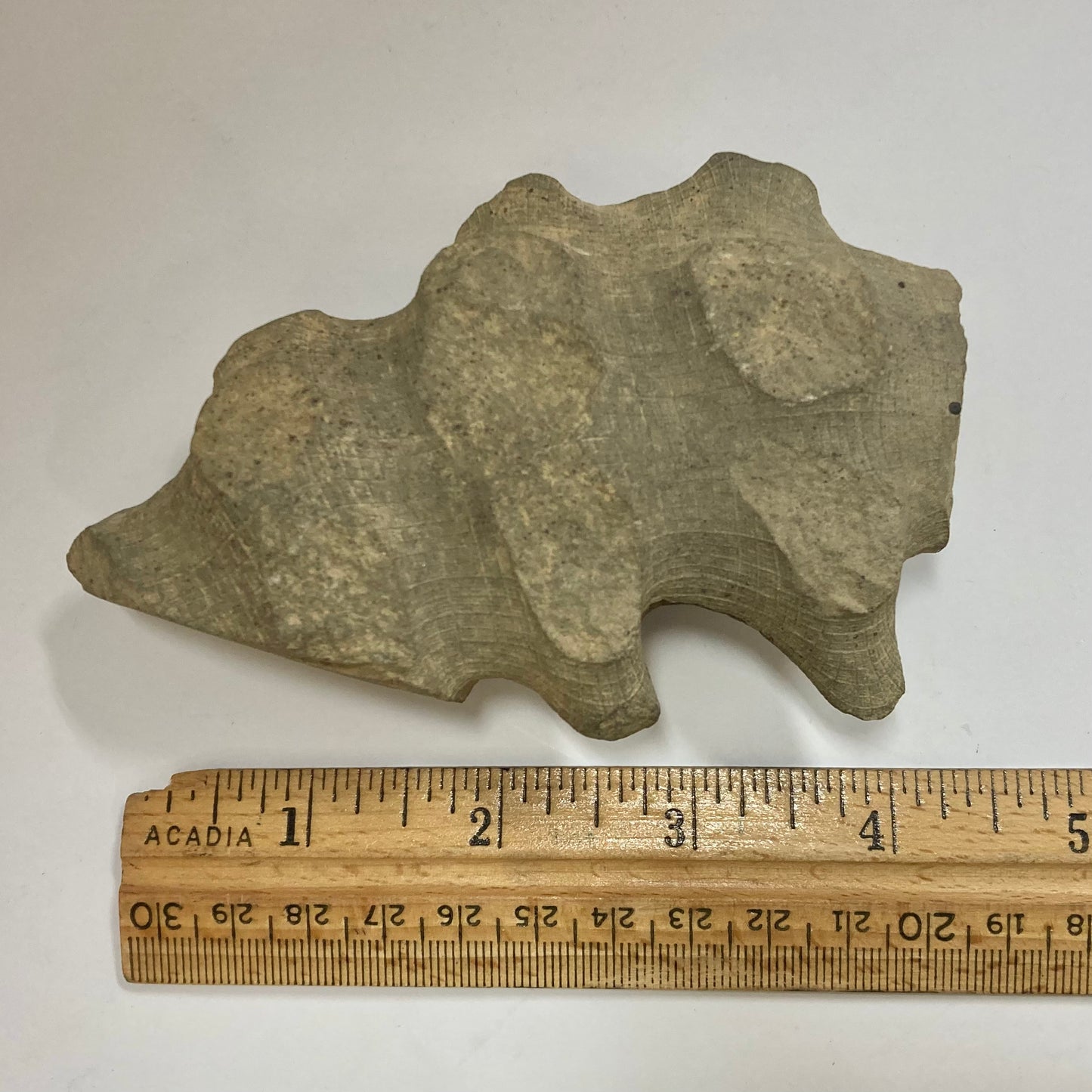Past & Present Science and Nature Store
Hydnoceras bathense Glass Sponge
Hydnoceras bathense Glass Sponge
Couldn't load pickup availability
The distinct and thread-thin ridges running vertically down the length of this rare New York sponge are met by horizontal ridges, creating several swelled areas called spicules.
Hydnoceras is an extinct primitive sponge that lived from the Late Devonian to the Pennsylvanian period. They were suspension feeders that probably lived on one organism for their whole lives, filtering food particles from the water through pores. Because of their reliance on other animals, glass sponges were not confined to one aquatic environment.
It is very rare to find glass sponge fossils because they are made up of many little spicules (structural elements that are made of calcium carbonate or silica) that are held together by the fleshy parts of the body. When the sponge dies, the spicules get scattered. For a glass sponge to become fossilized it had to have been uniquely and rapidly buried during an underwater landslide or storm event.
Hydnoceras fossils are found in New York, Pennsylvania and West Virginia. The fossils are actually internal molds of the skeleton with the ridges as an impression of the skeleton.
Type; Glass Sponge
Species: Hydnoceras bathense
Age: Late Devonian (382 - 372 million years old)
Locality: Steuben County, Bath, New York
Size: 4.56 x 2.88 x 1.25 inches
Weight: 8.45 oz.
Share
